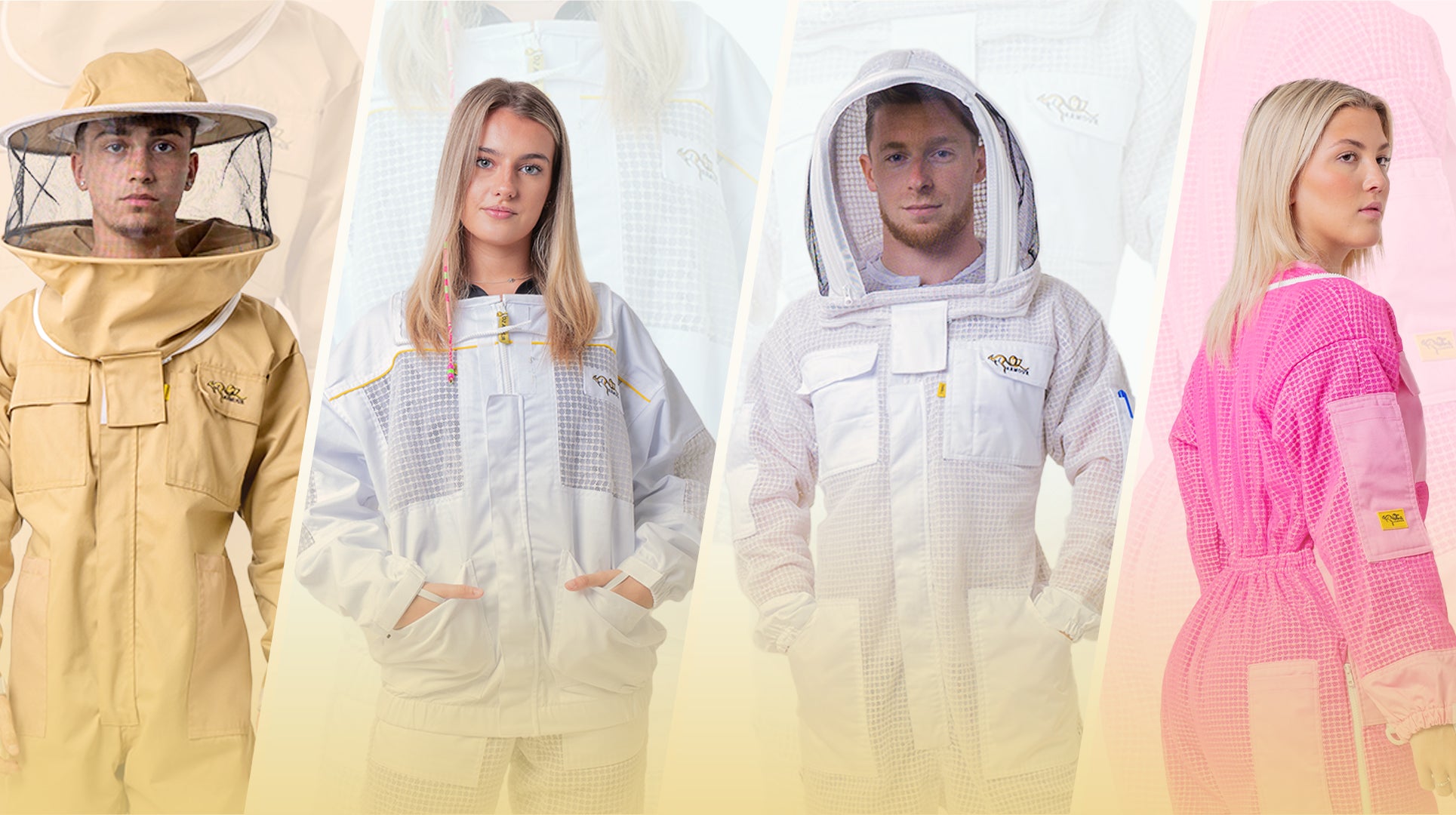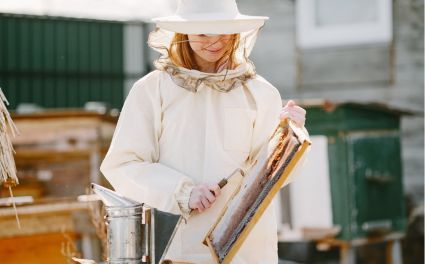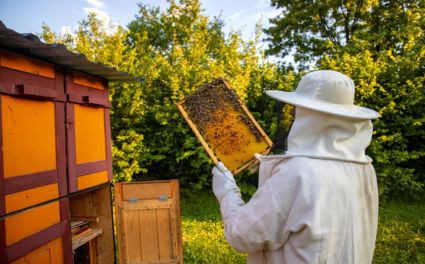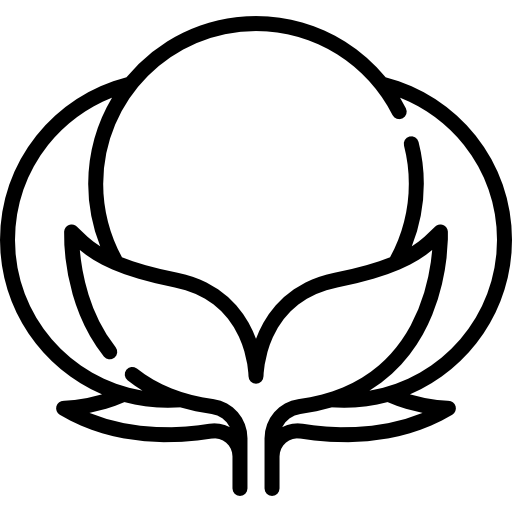Ever pulled honey from your hive and thought, This batch looks darker than the last one? Or maybe you’ve opened a jar from spring and noticed it’s a completely different shade than your summer harvest. Honey doesn’t come in just one golden hue; it’s a full spectrum, ranging from almost water-clear to rich, molasses-dark. And each shade has a story behind it.
Let’s explore why honey changes colour, what influences it, and why those subtle shifts are nature’s way of showing off. If you’re gearing up for the season, start with trusted beekeeping gear from OZ Armour.
So, Why Does Honey Come In Different Colours Anyway?
Honey isn’t made in a factory with a standard recipe. Bees pull their ingredients straight from nature, and the nectar source is the biggest reason one jar looks different from the next.
Each flower type gives nectar with its own colour, sugar profile, and mineral content. Bees gather that nectar, add enzymes, evaporate moisture—voilà, honey. Wildflower in spring might yield a light, floral profile; buckwheat or eucalyptus can give you a deep amber or nearly black syrup, rich and bold.
How Does Nectar Source Affect Honey Colour?
If your bees are foraging near clover fields, you’ll often get a light, almost clear honey. Shift them over to blackberry, chestnut, ironbark, or tea tree, and expect darker shades. In simple terms: more minerals in the nectar usually = darker honey.
From Light Gold To Dark Amber: What Influences These Shades?
Time & Storage: Why Fresh Honey Darkens
Bottle a golden batch, check it six months later, and it looks deeper? Totally normal. Honey slowly darkens as it ages. Light, warmth, and air nudge along gentle caramelisation and the Maillard reaction (natural sugars reacting with amino acids), deepening colour and evolving flavour. It’s not spoiling—it’s maturing.
Pro tip: Store honey airtight and away from direct sun. An insulated, food-grade tank (like an OZ Armour honey tank) is excellent for larger harvests.
Heat Can Push Honey Darker
Excess heat during processing or bottling can darken honey prematurely and mute delicate floral notes. That’s why raw honey—minimally heated and lightly filtered—often keeps a brighter, fresher look and taste when stored well.
Two Hives, Two Colours
Even hives side by side can produce different colours. Bees forage within ~3–5 km and may favour different blooms. You’re not just producing a product; you’re bottling a season, a place, a moment.
Why Your Honey Might Be Darker This Year
-
Droughts or rain alter what blooms (and how much nectar plants give).
-
Seasonal timing can push bees to late-flowering sources like ironbark or tea tree.
-
Fires or smoke can redirect foraging patterns.
Darker isn’t “worse”—it’s often richer in minerals and antioxidants.
Crystallisation Changes The Look
When honey crystallises, it turns opaque/cloudy and can even appear lighter. Completely natural—especially in glucose-rich honeys (canola/dandelion). Quality’s fine.

When It’s Not Just Nature: Handling Matters
Post-harvest factors can tweak appearance. Excess moisture or vigorous stirring introduces micro-bubbles that make honey look lighter temporarily. Over-filtering or over-heating can also shift colour and diminish character.
On harvest days, comfortable, protective clothing helps you work calmly—less rush, less heat, better honey. Suit up in beekeeping suits for full-body protection, or layer smart with beekeeping jackets when you want a lighter option. Keep your hands safe and dexterous with beekeeping gloves, pair with clear-view beekeeping veils to reduce fogging and snagging, and choose durable beekeeping trousers for long hours lifting supers. Got a young helper? Fit them properly with beekeeping kids suits. For apiaries with tall grass or ant issues, beekeeping ankle protection adds a snug seal at the boot line.
Comfortable, well-fitted gear = steadier handling = less unnecessary heating = truer colour in the jar.
So, What Colour Should Honey Be?
Whatever it naturally is. From pale gold to near-black, each hue reflects the season, flora, weather, and your bees’ preferences. Instead of chasing a specific look, judge your honey by aroma, flavour, mouthfeel—and how respectfully it was handled.
Your Honey, Your Story
The changing colour of honey is part of beekeeping’s magic. Every jar is a snapshot of your landscape and your bees’ choices. Whether champagne-light or molasses-dark, it’s still pure, raw, and honest.
Ready to refine your process and your comfort on harvest day? Explore the essentials above—and read more blogs about beekeeping to keep leveling up your craft.












